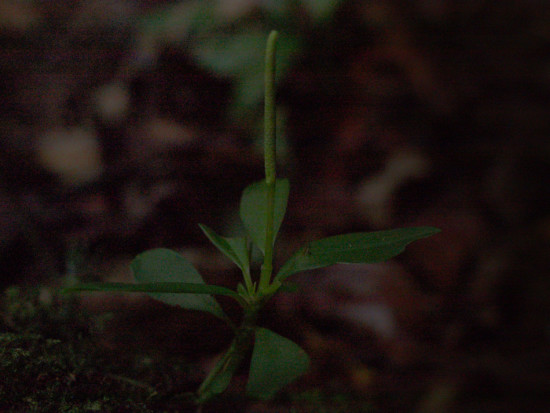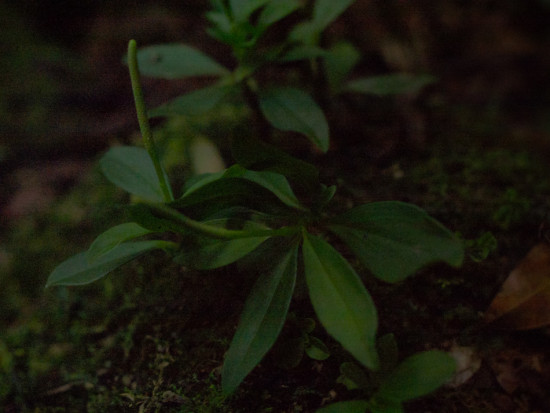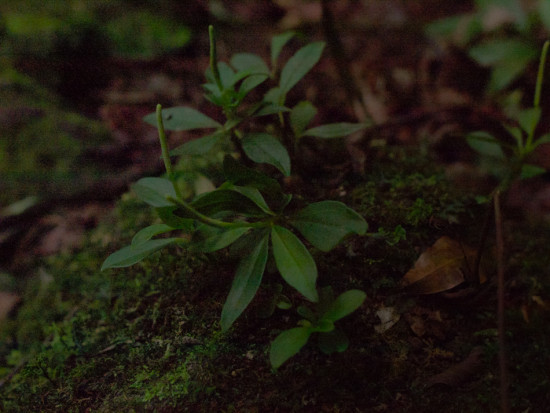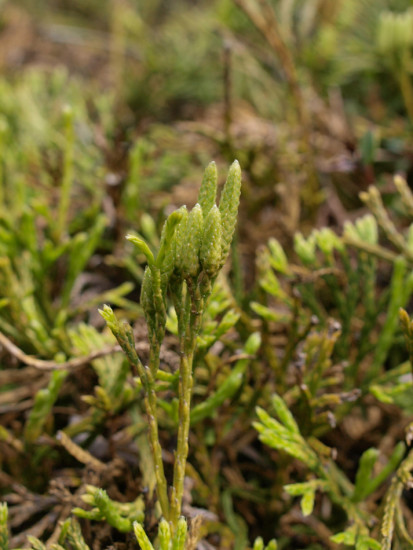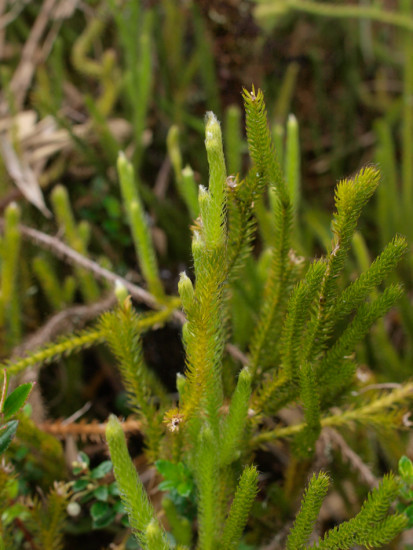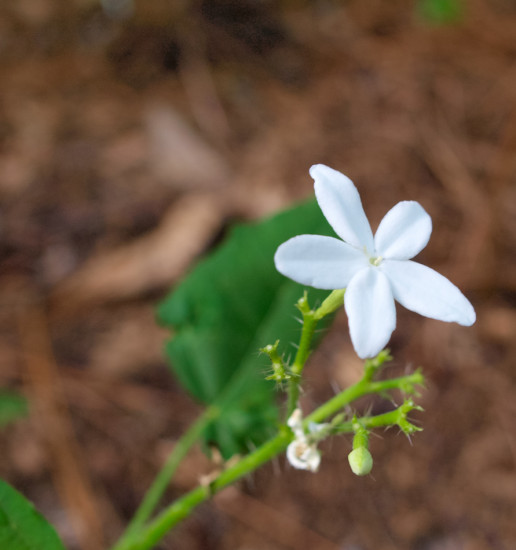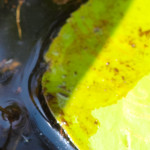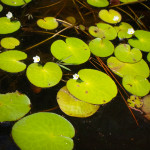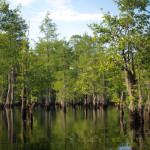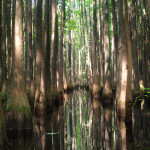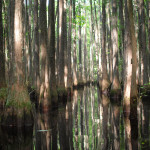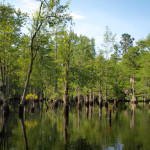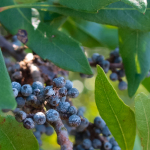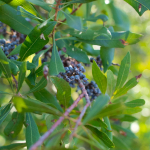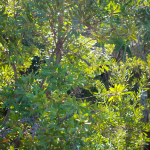Piperonia sp.
Tag Archives: PlantID
Lycophytes at Cerro
Some lycophytes (likely Phlegmariurus talamancanus syn. Huperzia talamancana) at Cerro de la Muerte with sporangia producing strobili. Lycophytes are seedless vascular plants, and the strobili produce spores for dispersal and reproduction.
A wildflower
Solonaceae
Solonaceae was originally published on Montegraphia
Nymphaea of Georgia
I’m not sure what species of water lily this is, nor whether the small white flowers belong to it. My search led me to believe that the flower isn’t produced by the water lily, as it doesn’t appear that any Nymphaea or Nuphar produce similar flowers. Nuphar advena appears to be a common species in Georgia, but it produces robust yellow flowers, and Nuphar, if I remember correctly, often have less rounded leaves that extend out of shallow water.
The only water lily I’m familiar with in the US is Nymphaea ordorata, which was common is Ohio wetlands, but without the flower, I can’t confidently make an identification.
Lily
Lily was originally published on Montegraphia
Forested swamp
The swamp of George L. Smith State Park is dominated by two trees: a cypress, probably Taxodium distichum, and a tupelo, probably Nyssa aquatica.
I think these are the two most common species in this type of habitat. There are several other species in genera Taxodium and Nyssa that occur in the region, but, not having keyed them out, I’ll stick with the most common of the species. Nyssa ogechee could certainly be present, but Taxodium ascendens doesn’t appear to have two distinct leaf forms, as I observed (but not photographed) in the cypress. An example of the two leaf forms can be seen here.
A coastal and fragrant species of bayberry, Morella cerifera.
A coastal and fragrant species of bayberry, Morella cerifera.
Wax Myrtle
A coastal and fragrant species of bayberry, Morella cerifera.

